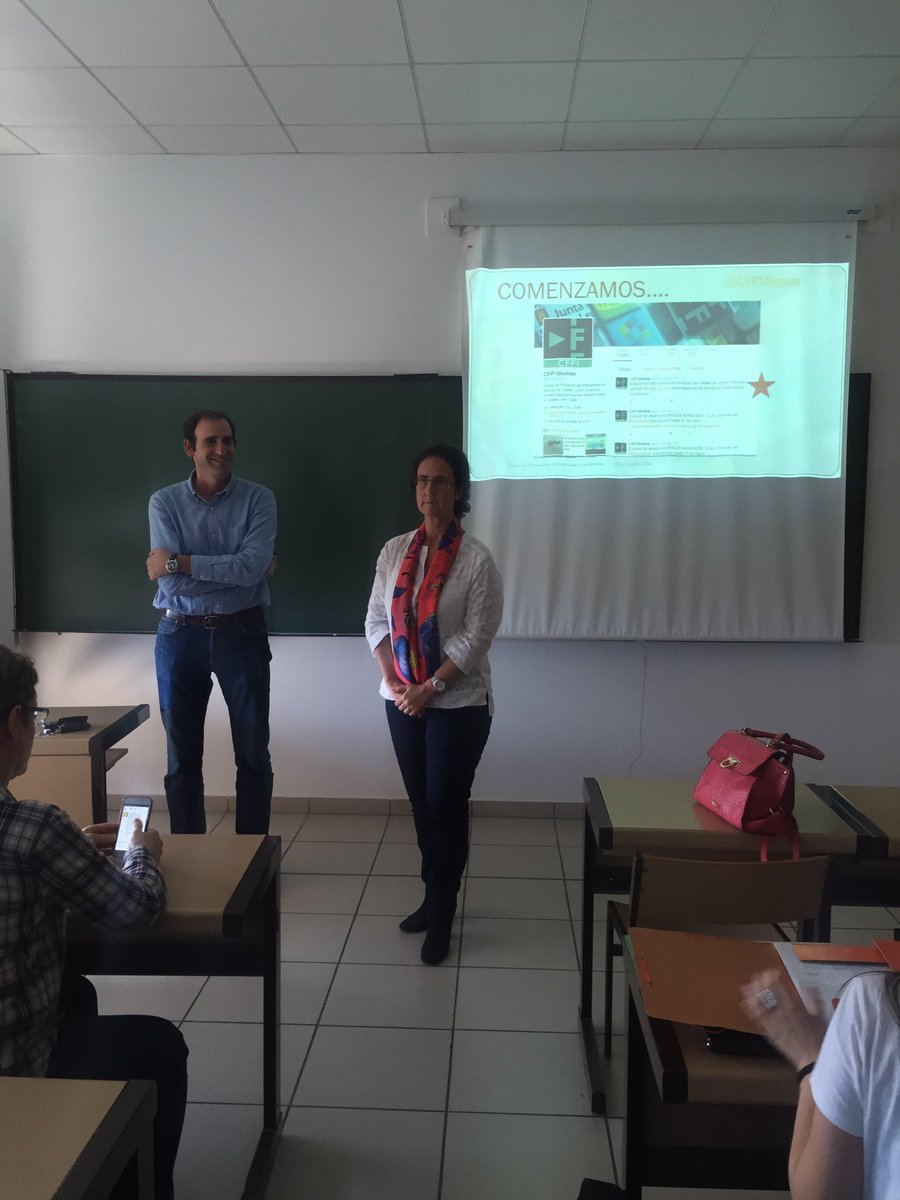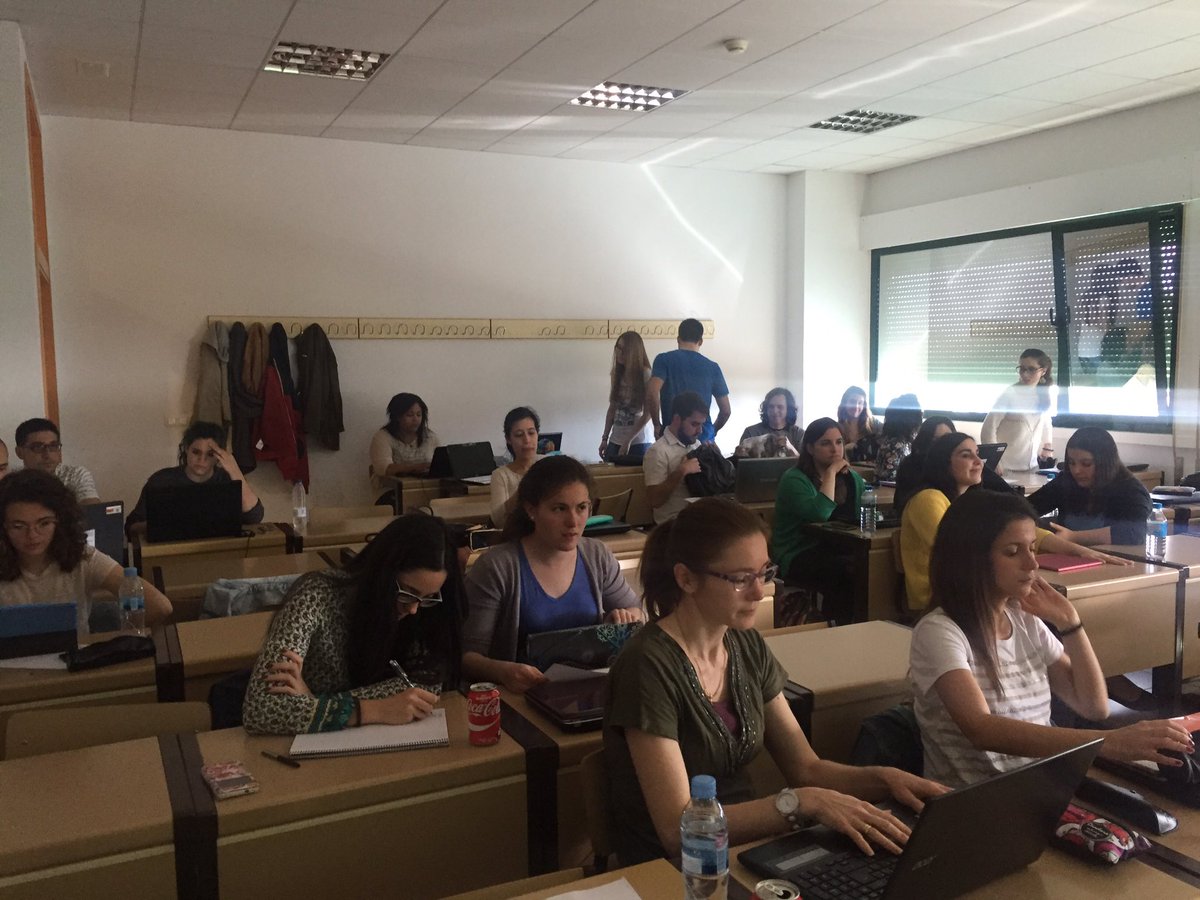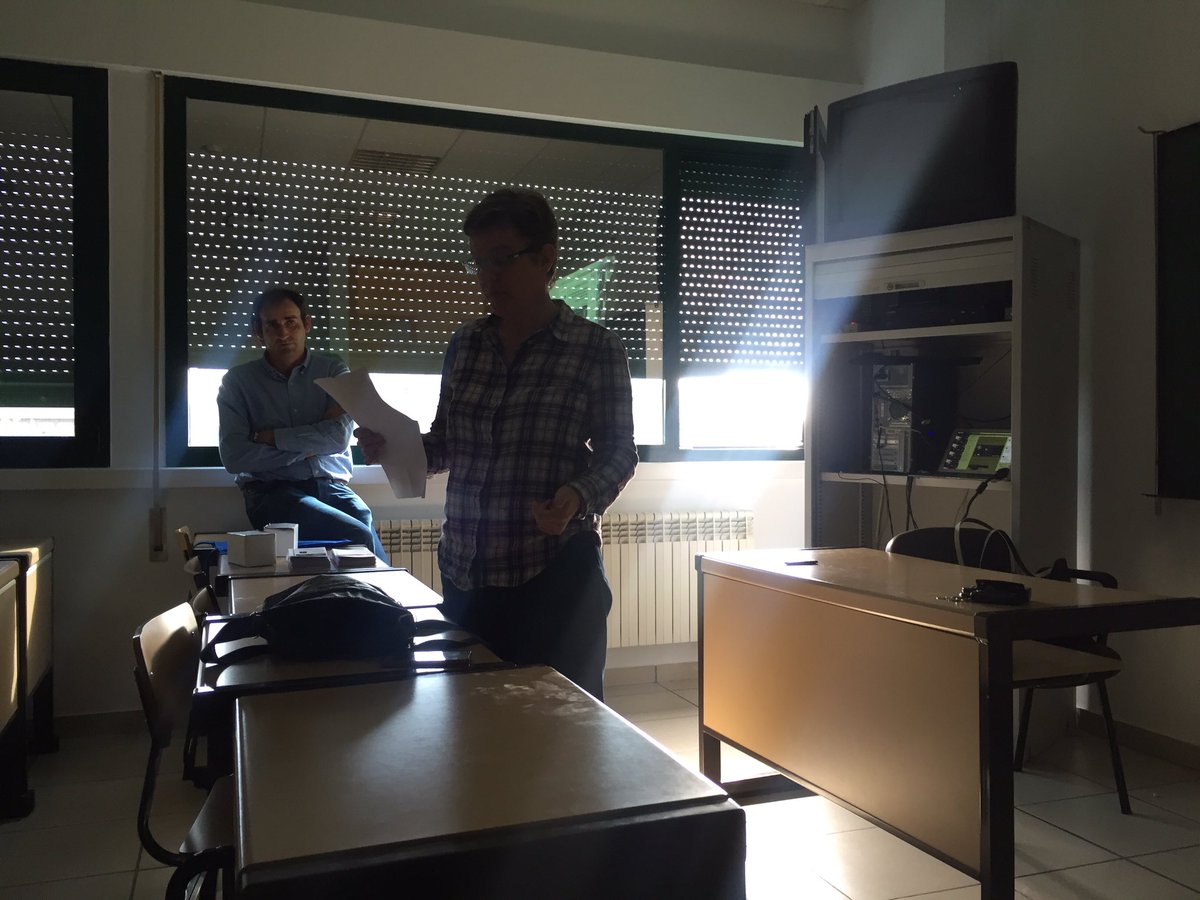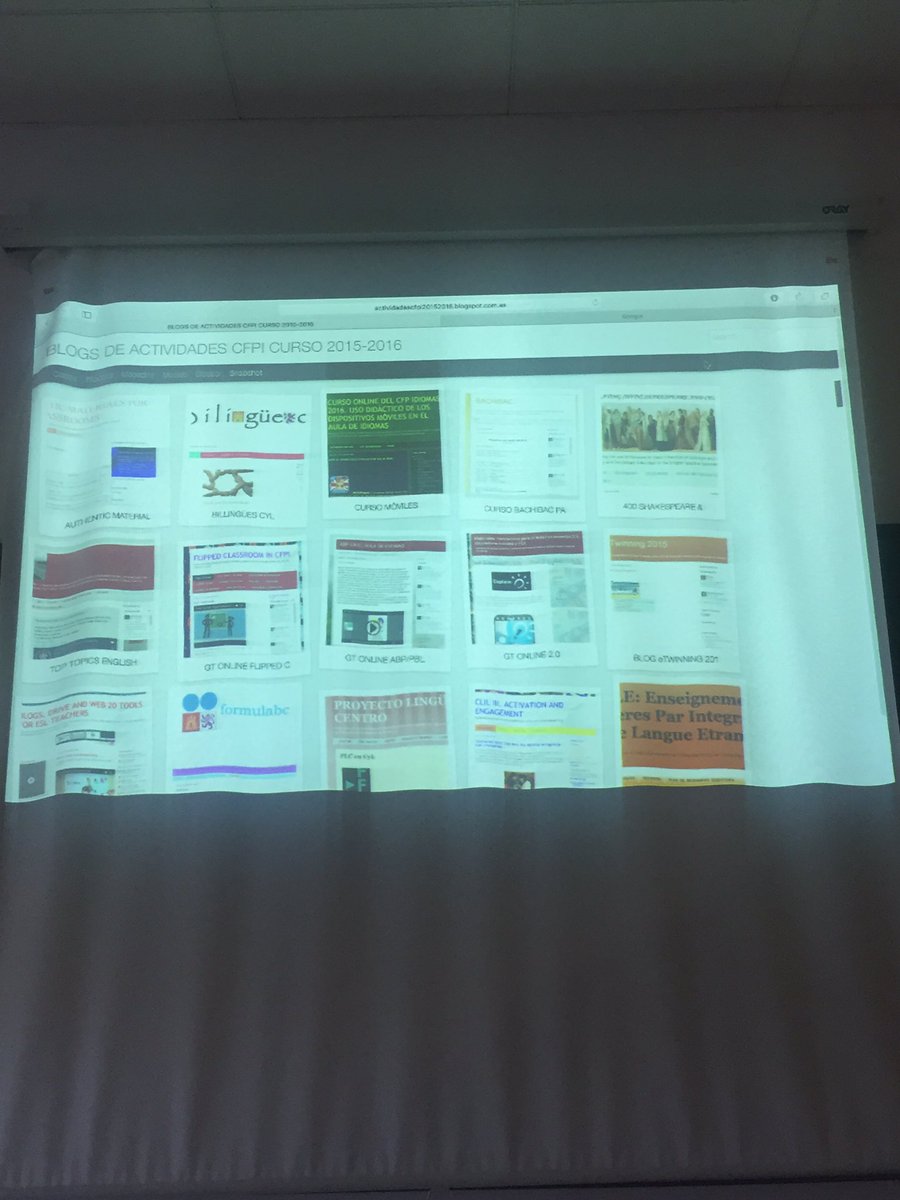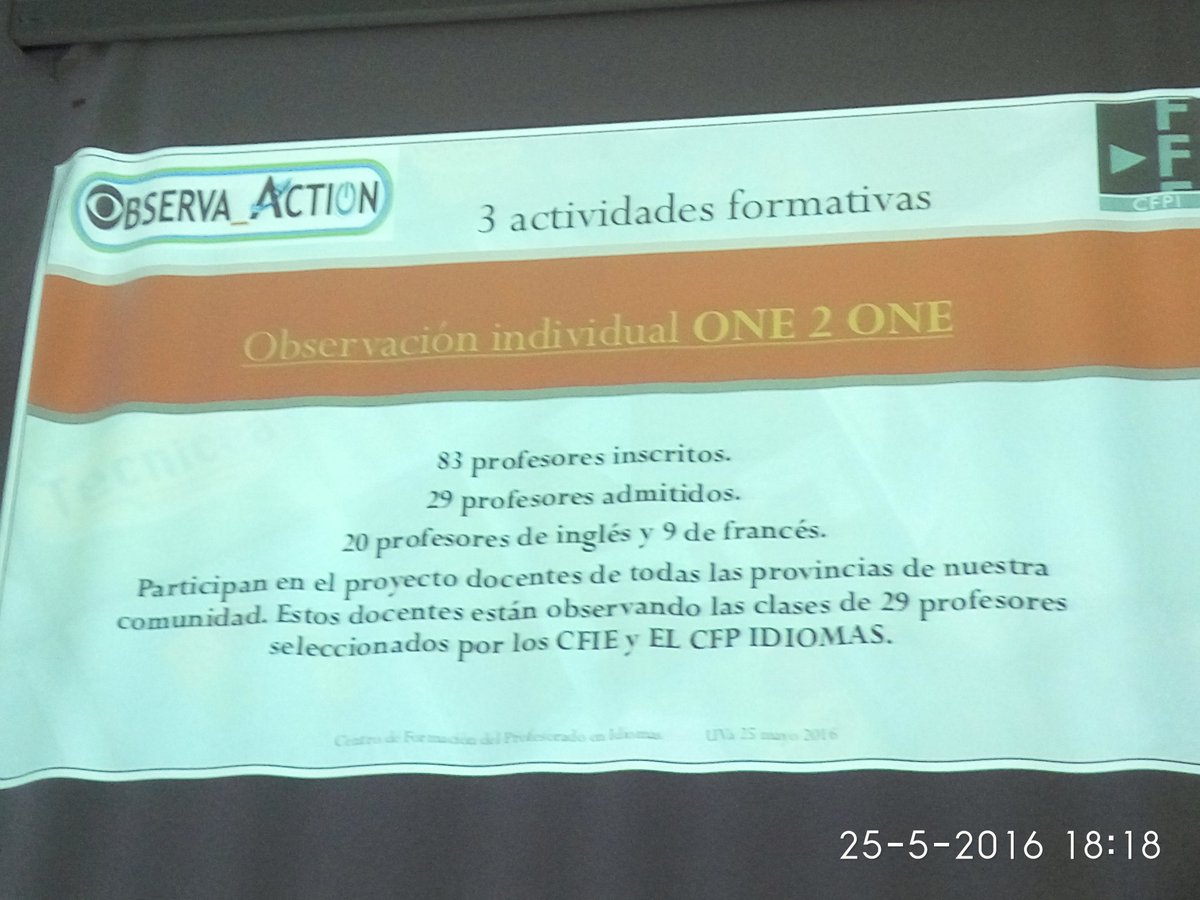I was flicking through web pages this morning and stumbled across a page from “
Grand View University” (in Des Moines, Iowa) – I had never heard of the place but
its name caught my attention. On closer inspection, I discovered that it is very proud of its
state-of-the-art LEARNing spaces – its Rasmussen Centre for Community Advancement Professions was runner-up in the “
Smartest Building in America Challenge”.
Actually, I liked what I saw (or what I was told) about GVU – many of the things they do “hit home” for me.
Then, I came across a “section” showcasing what GVU offers its
Education undergraduates – one of these was an “
observation classroom”. This seemed to have two sections –
divided by “glass” (or a “mirror” – I could be wrong) that allowed
teachers-in-training to look in on
more experienced teachers while they are “
doing their business” with students (and
visa-versa).
Now, you see where they get the name of university from…
I’ll be honest – it freaked me out a bit.
I know my feelings are totally “irrational” – of course, we more experienced educators should share our knowledge, skills and abilities with younger, less experienced teachers. This is how we ensure “survival of the species”…But I couldn’t help feeling that this was not the “smartest” of LEARNing spaces – and it conjured up feelings of:
I’m sure that no one at GVU had this purpose in mind when it created the “observation classroom” (unlike some of the schools I have seem – cameras in every classroom working 24/7) – but, let’s be honest…many teachers jump into “big brother” thinking mode as soon as classroom observation is mentioned.
Where do these feelings come from? Why do so many of us start to get sweaty palms and feel the blood drain from our faces when “that time” comes around?
In an
earlier post, I talked about how
I dreaded observations as a young teacher – mostly because of the dumb requirements many institutions have for “
formal lesson plans”. However, I also noted that
I did learn quite a lot from watching more experienced teachers (
and LEARNing from their strengths as well as their weaknesses) –
and I also learned a great deal whenever I had a “skilled” observer.
I also remember when I was first called upon to observe the classes of other teachers – initially as a “quality control” process, later as a “developmental” process(funny how the QC version is always first – while the PD version is often the afterthought in many institutions). Many of my first attempts were “lousy” – I was frequently “judgmental”, jumped in with both feet and told observees what “I” would do (before even listening to what they had to say) and even wrote inappropriate comments on feedback sheets.
If I ever did this to one of you out there reading – I am sorry! And, feel free to request a “re-match”. I am much better now – honest!
I do not want to pass-the-buck – OK, maybe just a bit! I was never really given much training, and frequently all the guidance I got was a “checklist” – but I was young and guessed this is how it works!
It took me years to develop my own observation “
reflective savvy” – savvy I had to develop mostly by “
trial-and-error” initially. But, then I was fortunate enough to be invited to
“observe” somebody else being an “observer” – and was lucky enough for a fair few “observees” to be kind enough to allow me to
LEARN with them…
one of the best LEARNing experiences I have ever had!
But, I also realized that teachers were also given very little information about the purposes of many of the observation cycles – and training about how best to approach the various components of elements of classroom observation. And, even though I may have been an “ignorant novice observer” – some teachers also made my life “hell”(and I think kinda enjoyed watching the blood drain from my face in feedback sessions, too)!
Let’s face it – classroom observation is “tough” for everyone involved.
I’m actually going to “shut up” here (that’s gotta be a “first”) – and invite you to throw in your two cents worth.
Tell us what you think about the above questions or anything else you think “works” or “matters” in classroom observation – no “names” required (so we protect the innocent)!
I’ll try to pull everything together – and do another follow-up post on this soon. Promise…
